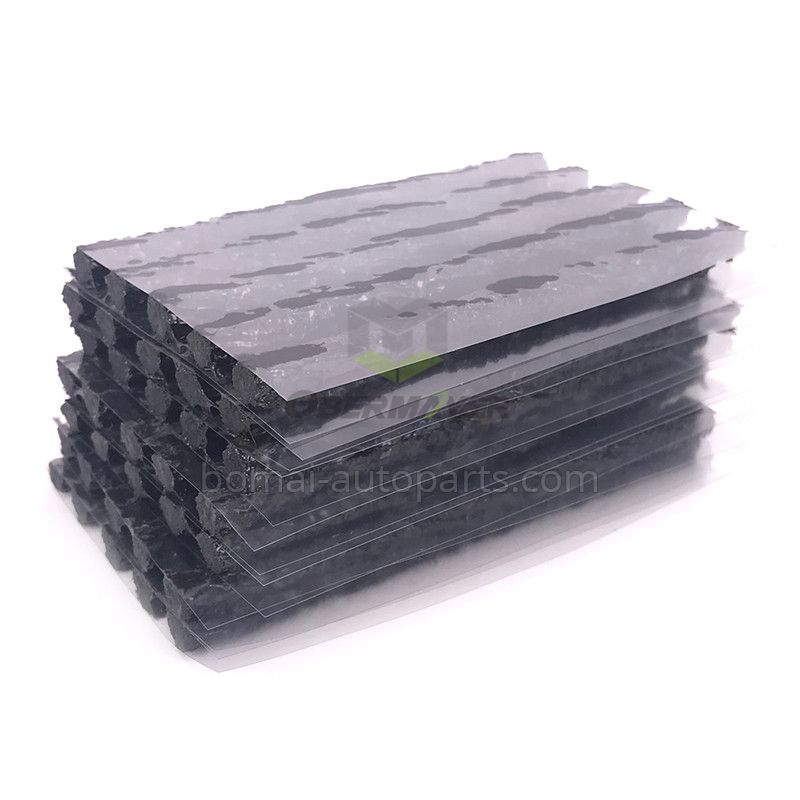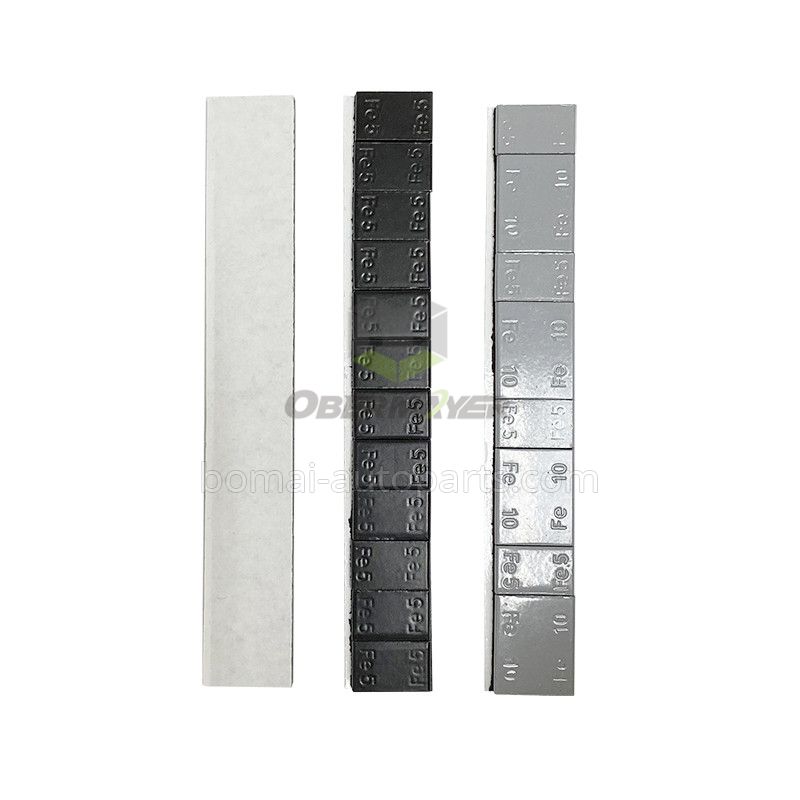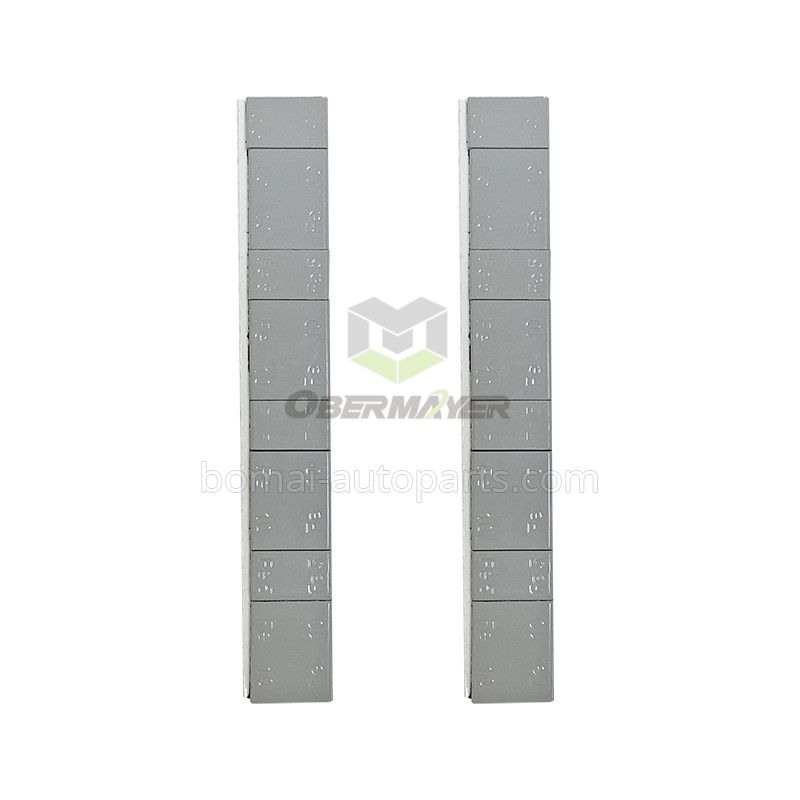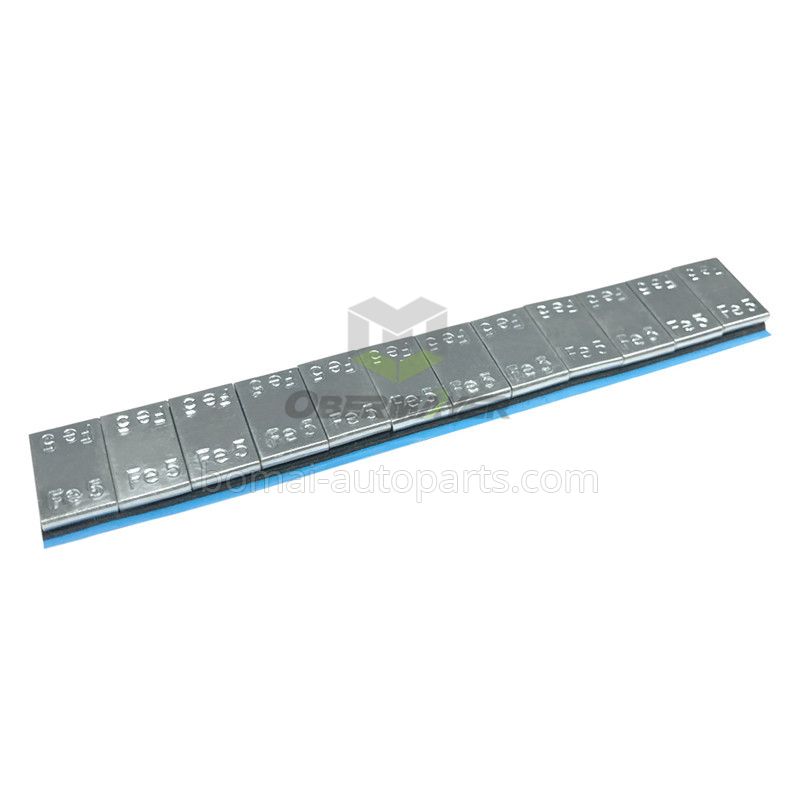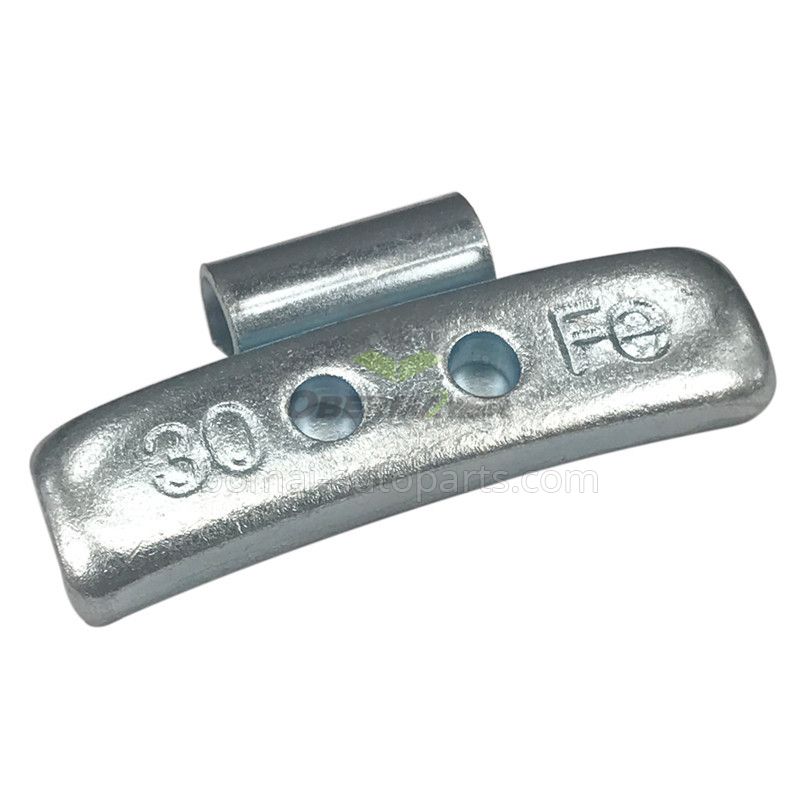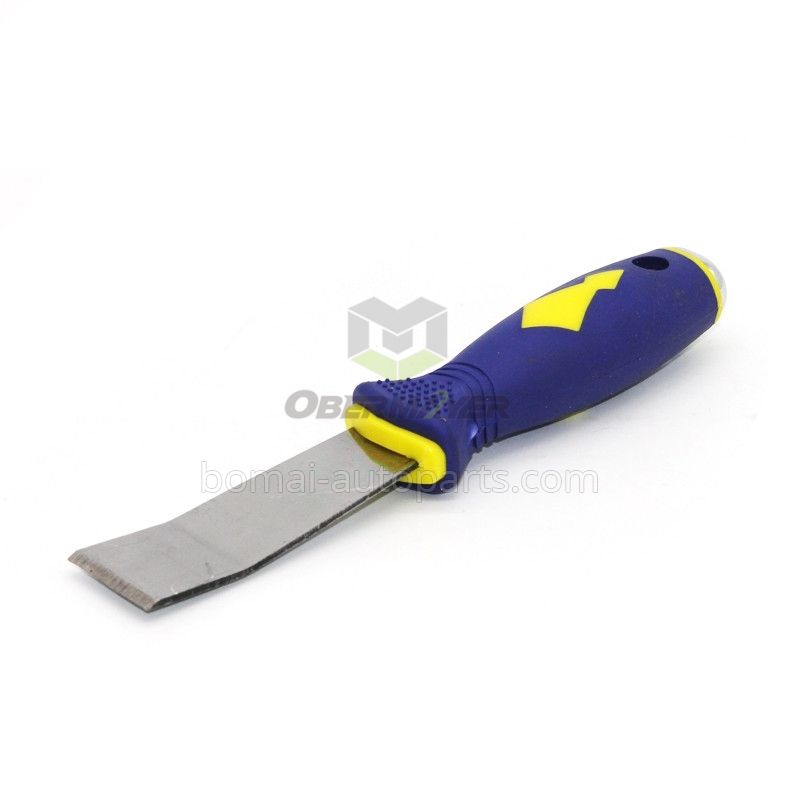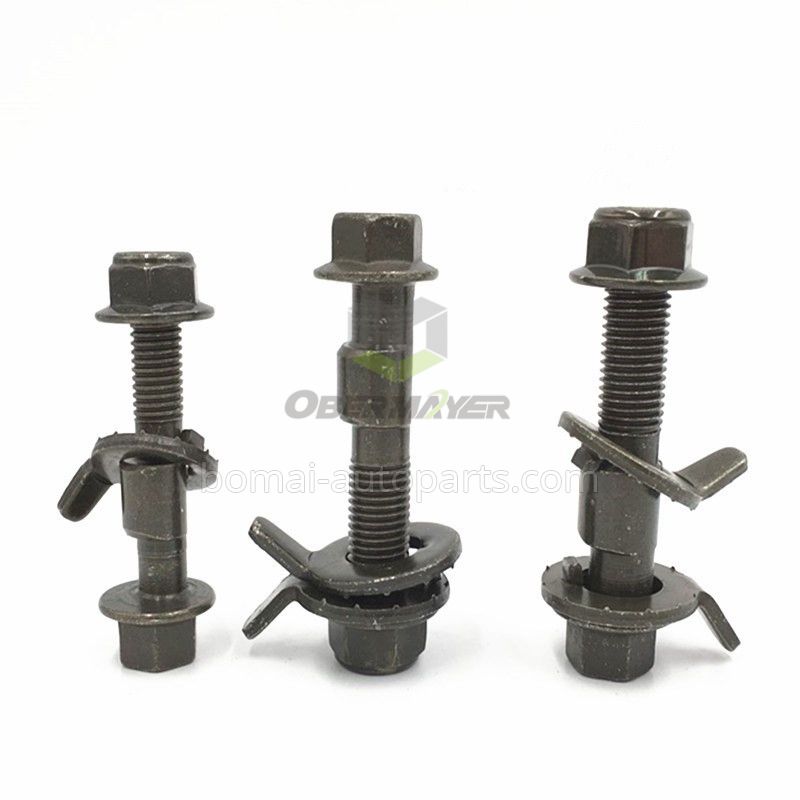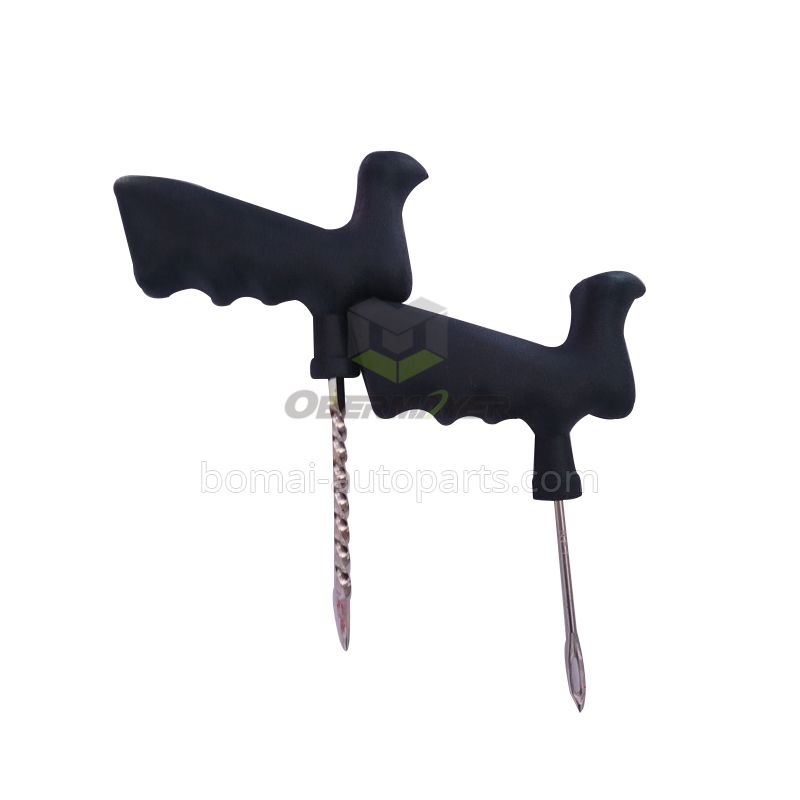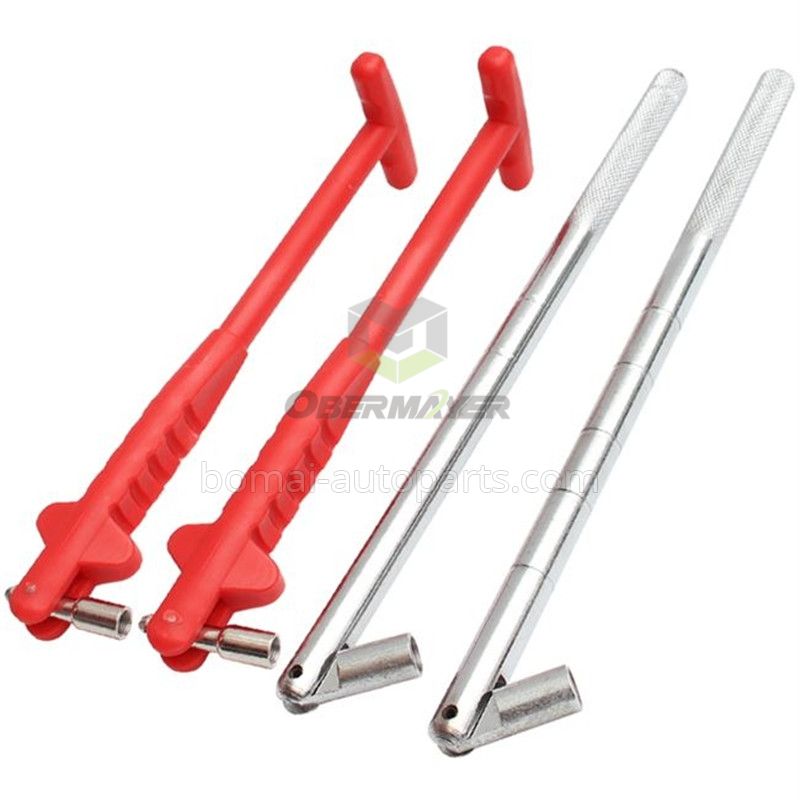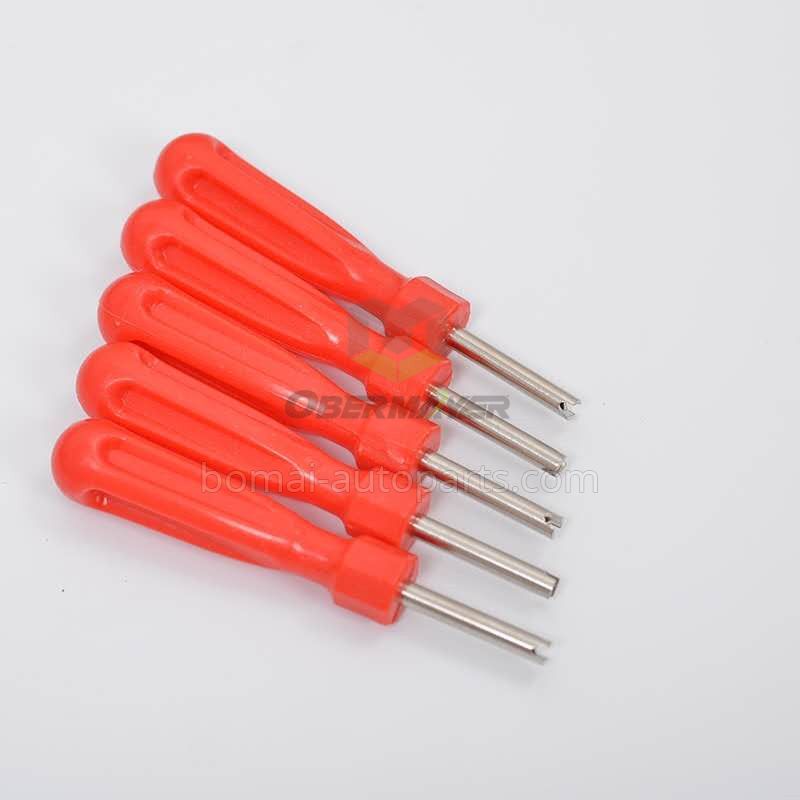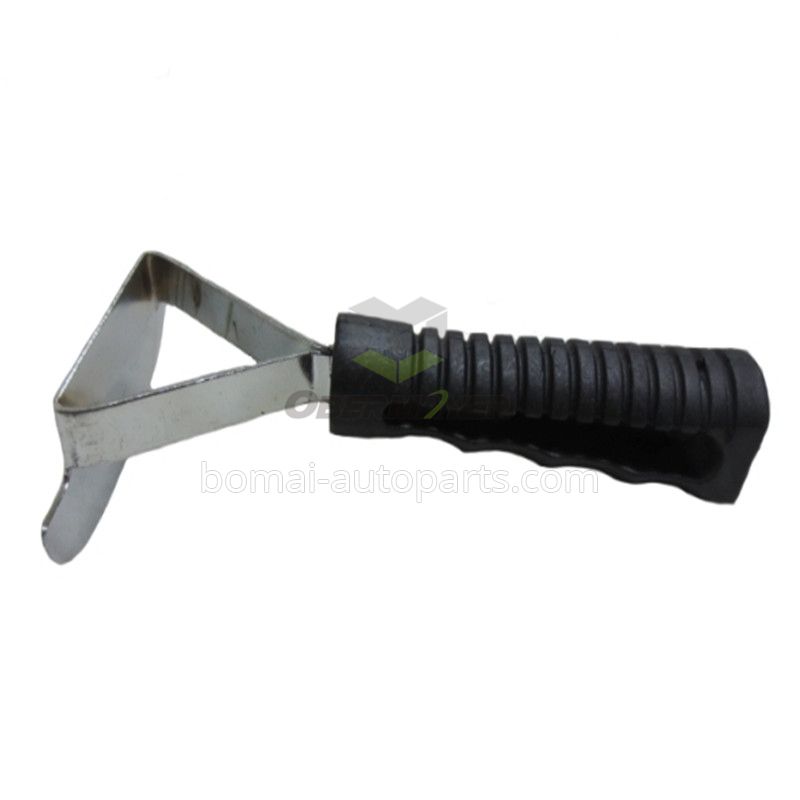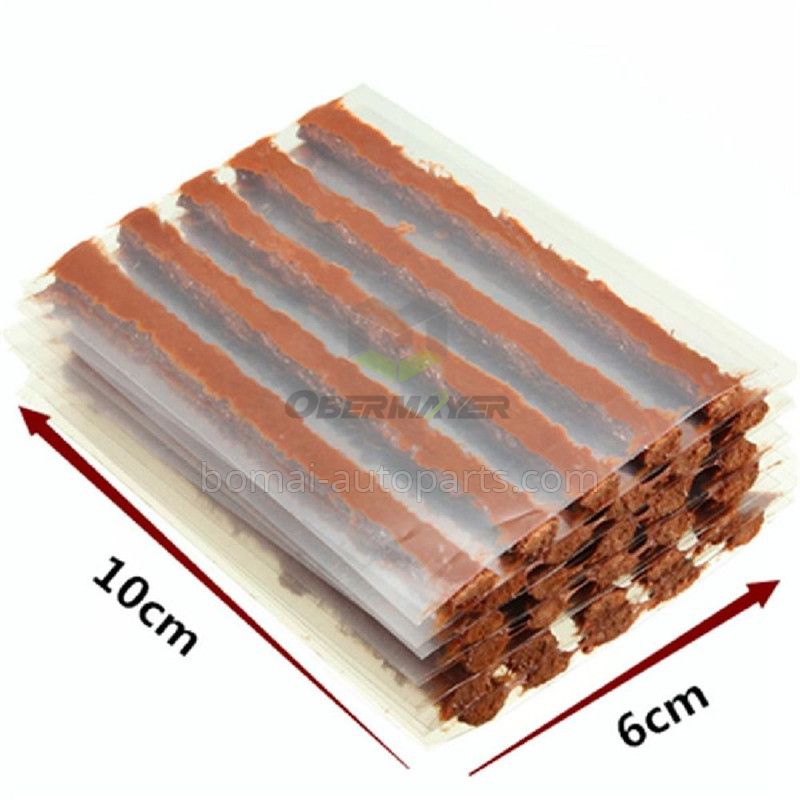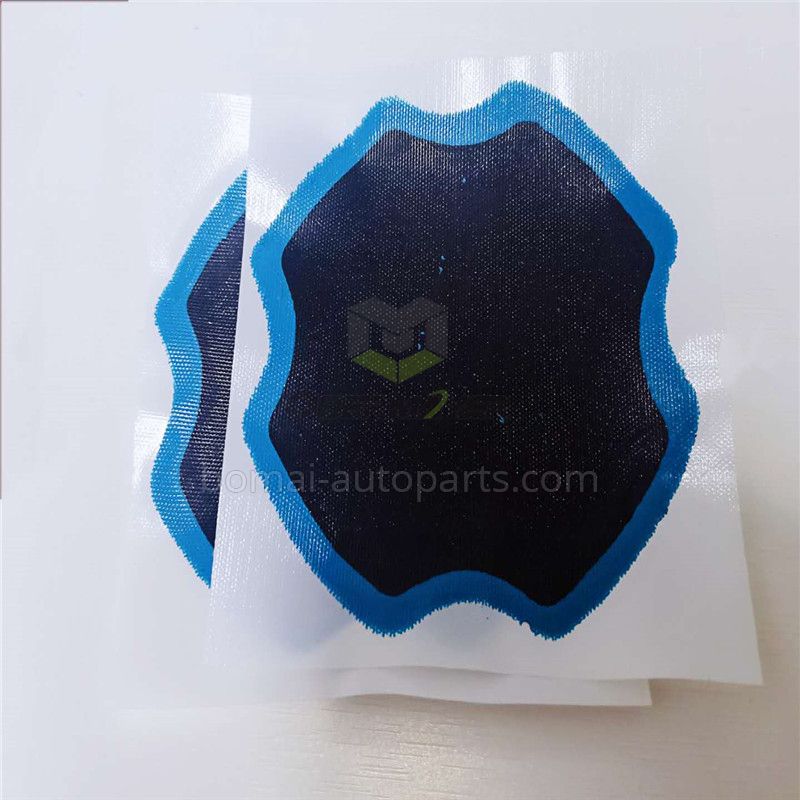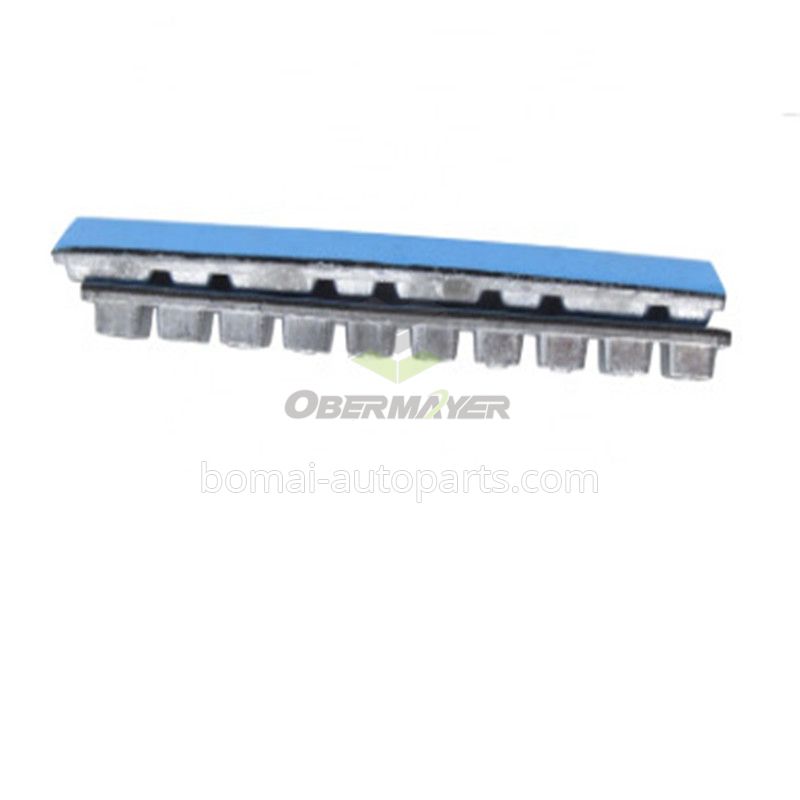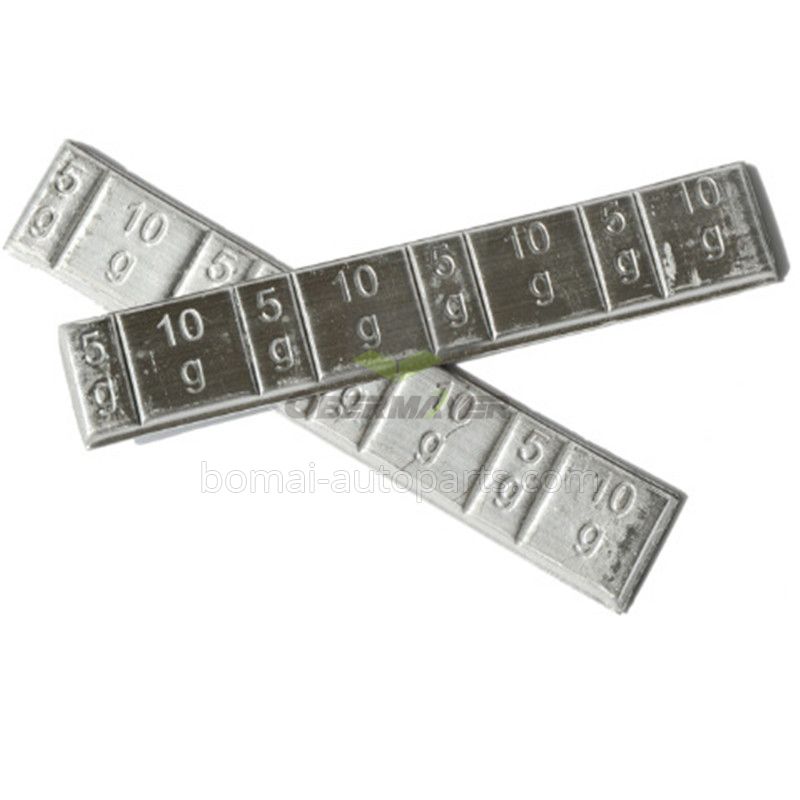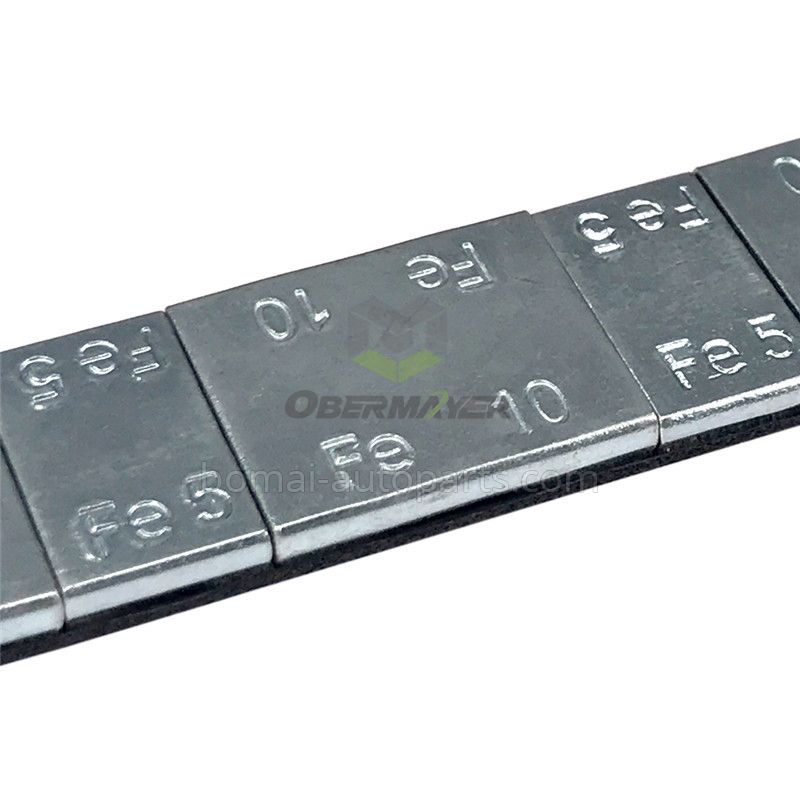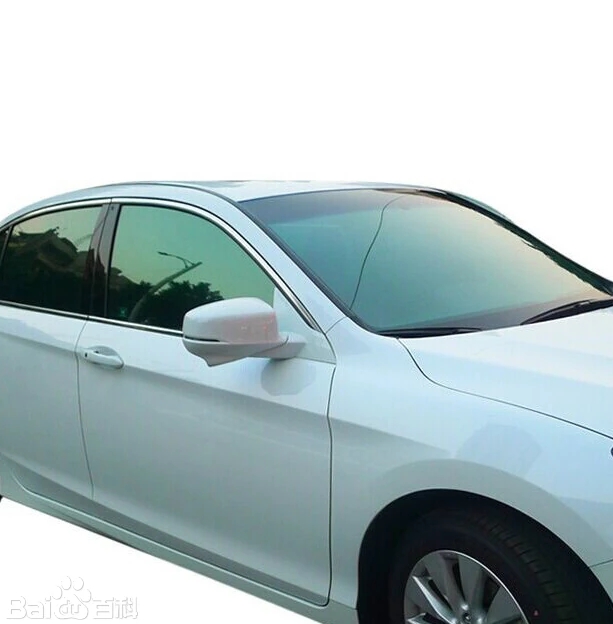Introduction to basic knowledge of motorcycles
A motorcycle is a popular form of transportation that is made up of many different parts, each with its own specific function. Here are some basic knowledge about motorcycles:
1. Basic components of a motorcycle: A motorcycle is composed of five parts: engine, transmission system, traveling system, steering, braking system and electrical instrument equipment. These parts work together to keep the motorcycle running properly.
2. Motorcycle models and classifications: There are many types of motorcycles, including street cars, sports cars, cruisers, pedals, retro, rally, touring, off-road and curved beams, etc. In addition, three-wheeled motorcycles are divided into side three-wheeled, front three-wheeled and inverted three-wheeled, and four-wheeled motorcycles are mainly used for off-road use.
3. Displacement level: The displacement level of motorcycles can be classified according to their engine displacement. The small displacement level is usually below 125CC and is suitable for daily transportation. Entry-level motorcycles are usually between 150CC and 250CC, with 250CC being the golden displacement. The middle-weight class is between 300-500CC, the large-displacement class is between 600-900CC, and the liter class is over 1000CC.
4. Engine and gearbox: The engine layout of a motorcycle can be in-line, V-shaped or horizontally opposed, and its heat dissipation method can be air-cooled, water-cooled or oil-cooled. Transmission types include manual cycle gear, international gear, continuously variable transmission and automatic DCT.
5. Transmission system: The transmission system of a motorcycle includes primary reduction, clutch, secondary reduction and transmission. The primary reduction gear is composed of a driving sprocket, a sleeve roller chain and a driven sprocket. Clutches include wet multi-plate friction clutches and other structural types. The transmission mode of secondary reduction and transmission can be belt drive, chain drive or universal joint shaft drive.
6. Walking system: The walking system of a motorcycle mainly includes the frame, front fork, front shock absorber, rear shock absorber, wheels, etc. It is used to support the weight of the entire vehicle and its load, and to ensure stable operation and comfortable riding. .
7. Steering and braking system: The steering of the motorcycle is achieved through the front wheel and handlebar. Braking can be accomplished by pinching the brake handle or stepping on the brake pedal.
8. Electrical instruments: The electrical circuits of motorcycles include power supply, ignition, lighting, instruments, audio and other parts, which are similar to the electrical systems of automobiles.



